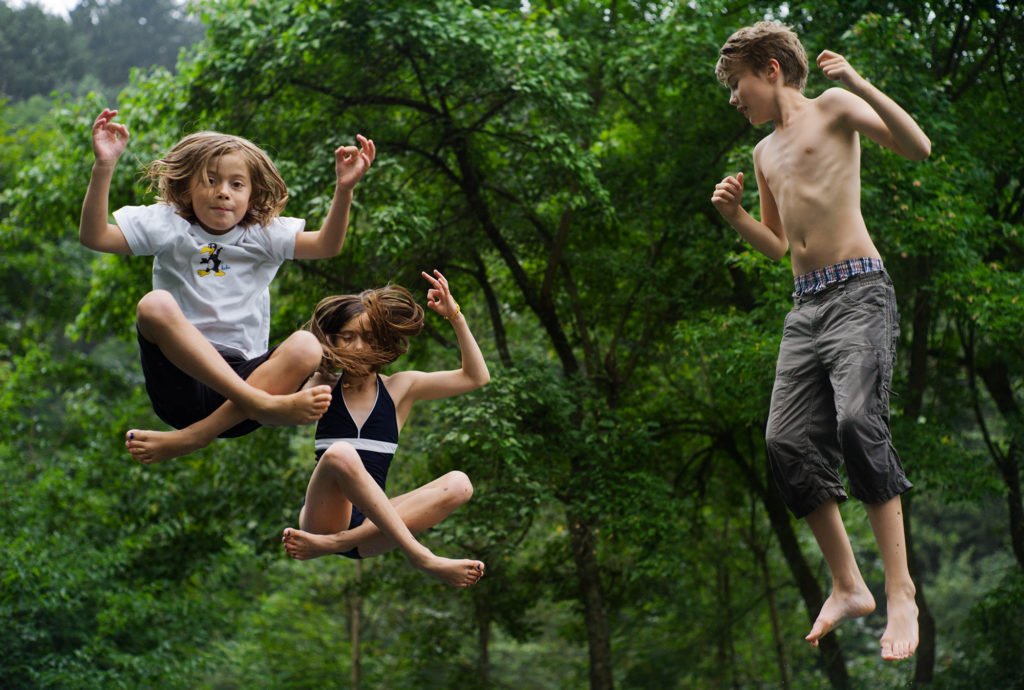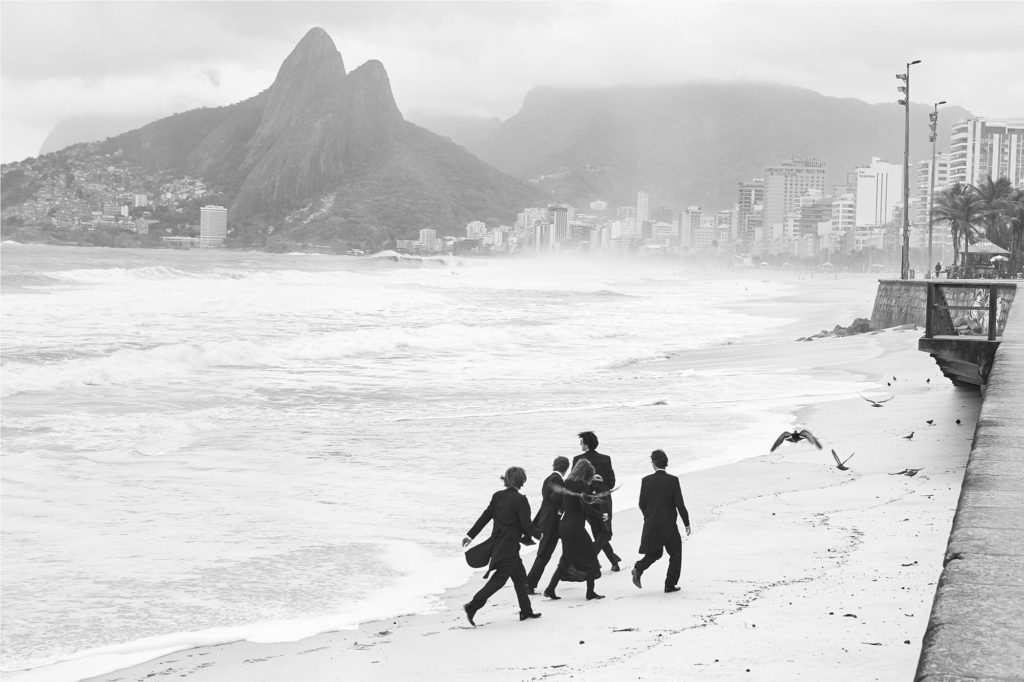
Blake Andrews: Where did you grow up?
Julia Baier: I grew up in the south of Germany, in Bavaria in a small town, Passau, next to three rivers.
How did you first get interested in photography?
My interest in photography first started when it was clear that I would leave the town to go study elsewhere. So it was the classical aspect of photography to archive and to hold on things to keep it better in memory. I went to buy my first camera, a Minolta X300. And I also did my first internship in a small photo shop in Passau — this was the best I could do. The person working in the photo lab introduced me to b/w photography, so I fell completely in love with darkroom work.
When was that? How old were you?
It was in 1991. It was after my Baccalaureate. I was 19 or 20. Then I left to Bremen, to study psychology first.
Were you shooting photos before that in Passau?
Yes, I did. A lot of my family and sisters and brother, and some in the forest. Not so much on the streets. It was a very shy approach to photography, slowly, but with passion.
That was with the Minolta X300 you mentioned?
Yes, Minolta. Later on I switched to a Canon F1 and later digital versions, and also to a Leica.
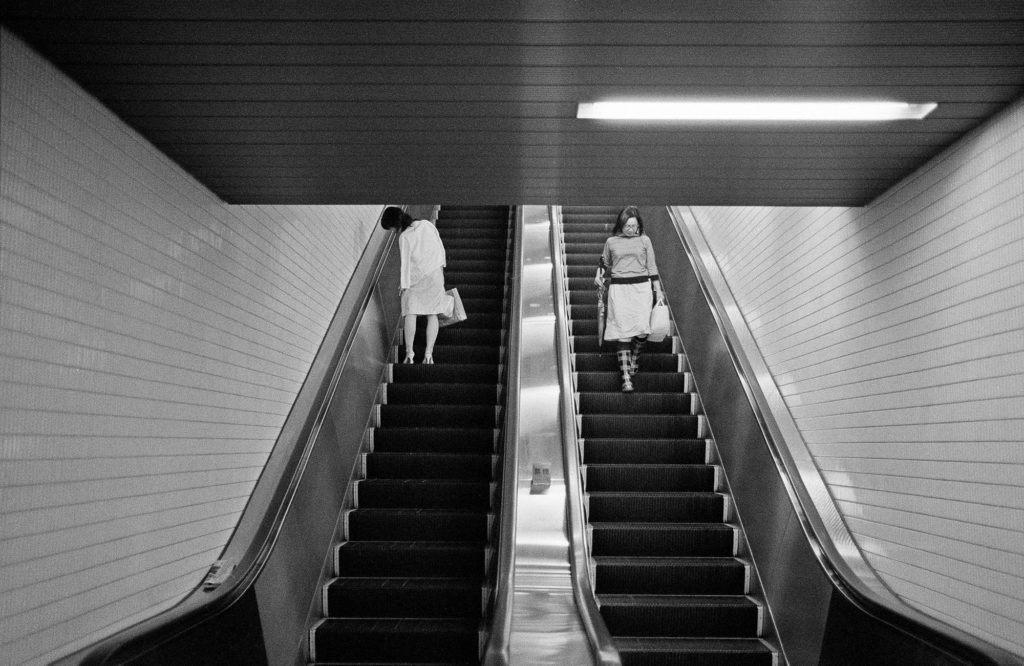
So initially you left Passau to study psychology, but then found photography?
Yes, right. First, psychology for 4 semesters. But during that time I was very active already with photography. I was politically active against the upcoming Neo-Nazis in Germany at that time, so I started to take a lot of photos about the political times. I also built up in a youth center a dark room and developed all my film on my own.
When did you first begin to think more seriously about a life in photography?
After a while the wish that photography would play an essential role in my life got bigger and bigger, so I left my studies and applied to the Academy of Arts in Bremen, where I finally was chosen. Which was my luck, because without this affirmation I wouldn´t have had the courage to become a photographer. But once in in the art academy I never doubted if this was the right decision. Even psychology for me is still is an important field. But I never wanted to become a therapist.
Is the program you did in Bremen roughly like an MFA?
Yes, at that time it was still called diploma, which is the same as an MFA.
Was there an influence there from well-known German stylists like Gursky, the Bechers, Struth, Ruff, Demand? Or was the program more documentary-oriented?
Not yet. When I started, it was in 1995. At that time the Bechers had just started to become famous in my perception. For us studying we were much more influenced by Nan Goldin, Wolfgang Tilmans, and also all the Magnum photographers. I was pretty much interested in documentary photography. Aside from my studies, I also started to work for a German newspaper and did my first applied journalistic experiences.
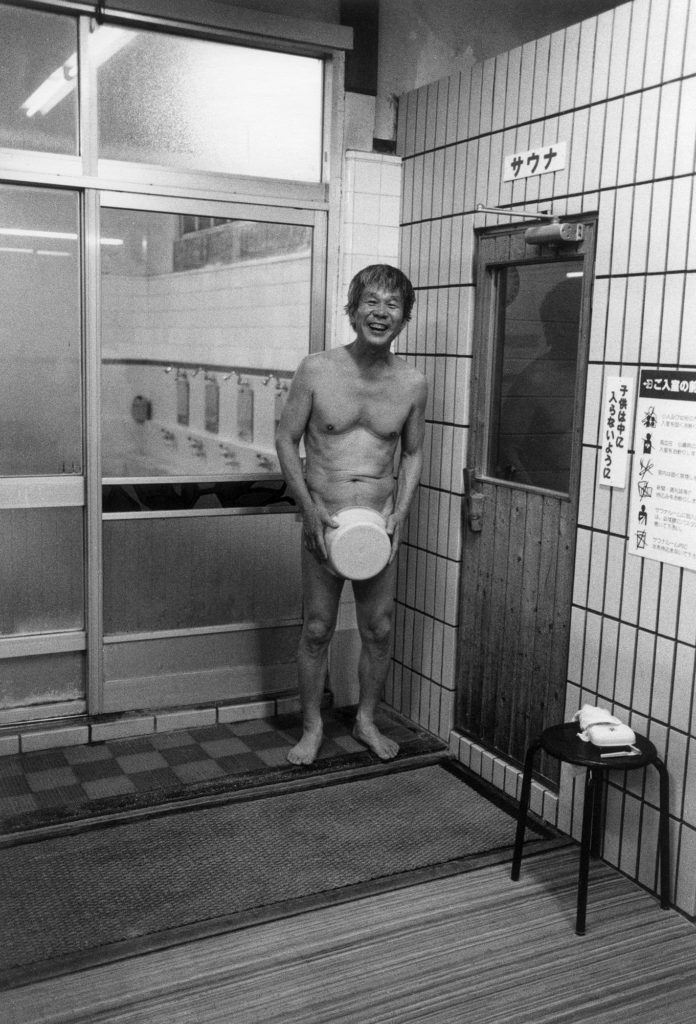
I love Nan Goldin’s photos. And also Tillmans, but he is stranger.
Yes, she was very important to me with her subjective diary style. And Wolfgang Tillmans as well, like a German pendant. Tillmans was more the 90s feeling in Berlin/London. He once came to our academy, cool but sympatico and very open. We were quite impressed. Gursky I found very interesting, but there was never a heartfelt connection to it. Now with distance I admire his work a lot and with some of his work I feel a deeper connection.
I assume you were shooting film during this time. Do you still shoot film? Or have you switched to digital?
Yes, I shot at that time only on film. I am working now for magazines, newspapers, etc., so since 2005 I have completely switched to digital for jobs. For my own projects like Water Matters I still continued on film. But 5 or 6 years ago I completely switched to digital, because I didn´t like the confusion between the two. And the digital quality with full frame was so good that I came to the same results as film.
What sort of assignments do you do now for magazines and newspapers?
I do everything from travel stories (although less in the last years) to portraits and reportage. All kinds of stories. But I have never gone to war or conflict areas.
Do you try to take the same visual approach as with your personal work? Or are they two separate things?
I would say that my approach is similar. I try to follow my inner “instinct” to find good images. But of course there is a difference in thinking, because you know you have to fulfill the wish of the picture editors – horizontals, verticals, etc. But I try to stay devoted to my imagery as much as I can.
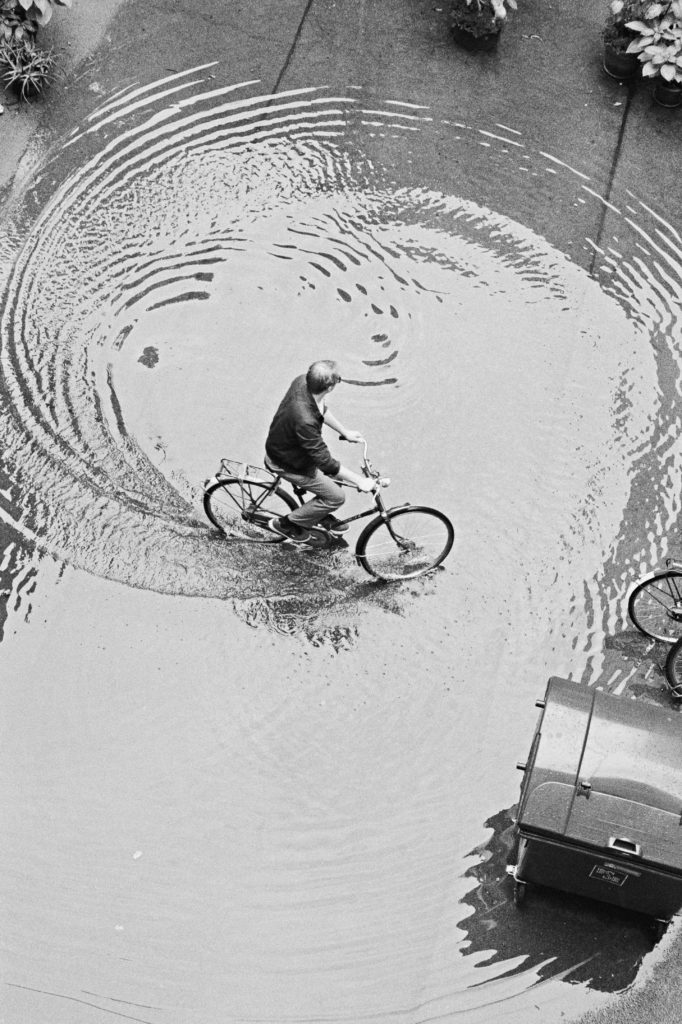
For your personal work, what is your general process? Do you set aside time regularly to make those photos? Or do they happen more in the course of normal activities, perhaps during assignments?
They are generally more separated. The last years I’ve often applied for residencies which allow me free space to work on personal projects. For example one of my big bodies of work is on the theme of water, especially bathing cultures around the world.
Your book Water Matters is great.
Thanks. I’ve done parts of this on residencies (e.g., in Hungary, Iceland, Germany, Lithuania, and Japan ). I work deeply on themes but I also try to integrate personal work in the assignments. When I go somewhere for a job abroad I always try to go to at least one swimming pool which I research in advance. By now I have been working on that for 20 years. So I will prepare a big book about bathing culture around the world. But this will still take a lot of time to edit.
Why are you attracted to the subject of water/bathing/swimming?
I am definitely the kind of person who can relax with water. There are others who are afraid of water or deep water. For me I feel deeply connected to this element (without getting too esoteric…). As I told you I grew up next to 3 rivers. In my parents house I could hear the sound of the river at night before sleeping. So water was around me. We were playing a lot next to the river, and in summer I went swimming in the river every day with friends. So it is a source of leisure for me. I love swimming. I always feel that swimming for my body is the most suitable way to move. So it is not exhausting but very energizing for me.
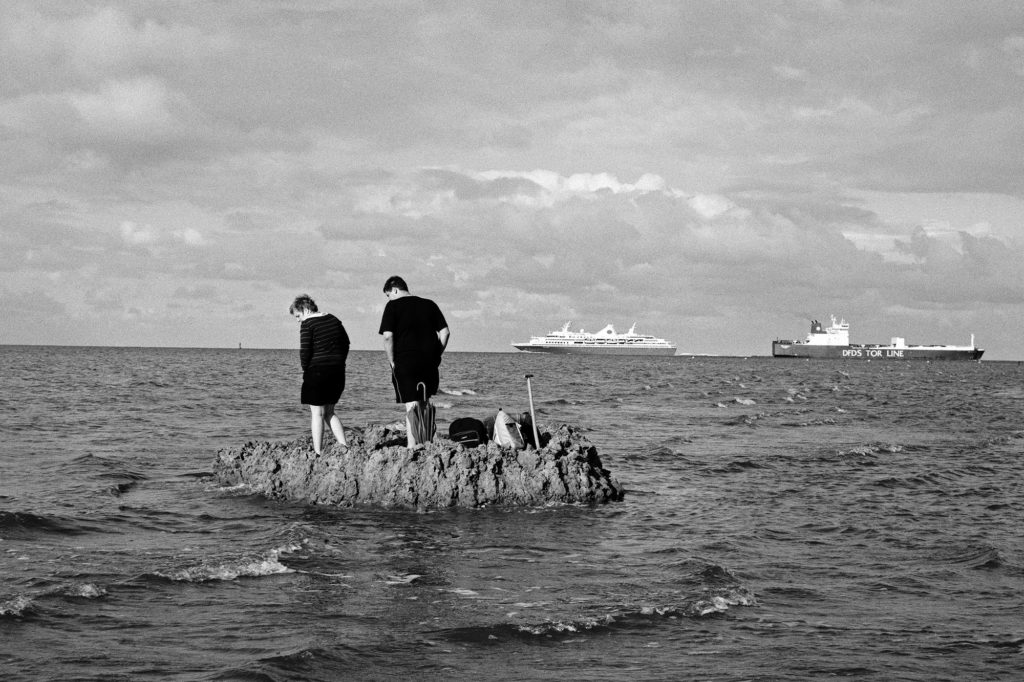
Beside the pools are for me such interesting places, where public sphere meets private sphere. It is a very social place! People come to distract, to flirt, to do body gym and be among others. In Iceland the hot spots are the most social places to meet in the country! People don´t meet in cafés to talk but in the hot thermal pools. And the pool attendant is bringing you a cup of coffee. This was heaven for me.
You are capturing people in sometimes vulnerable situations with less clothing on. Do you generally make your presence known in these places before shooting? Do you get formal permission? Or do you shoot more invisibly in a candid way?
In most cases I ask for permission first – Because I am visible with my Leica. And I don´t want to hide. I try to get in contact, mostly I’m in a swimming suit too, so the gap isn´t so big. Once I have permission from the general management to enter the place, I deal with the people there. Sometime I send pictures afterwards. I really stay hours in pools, but I leave with a small amount of images. So a good sense of respect is needed.
But now I feel that the era of this kind of taking images is generally coming to an end. Here in Germany, it is mostly impossible to get permission from the administration of the pools any more. This is also a reason to maybe think about finishing it and to conclude it all in one big book. I am very lucky that I have this amount of images already done.
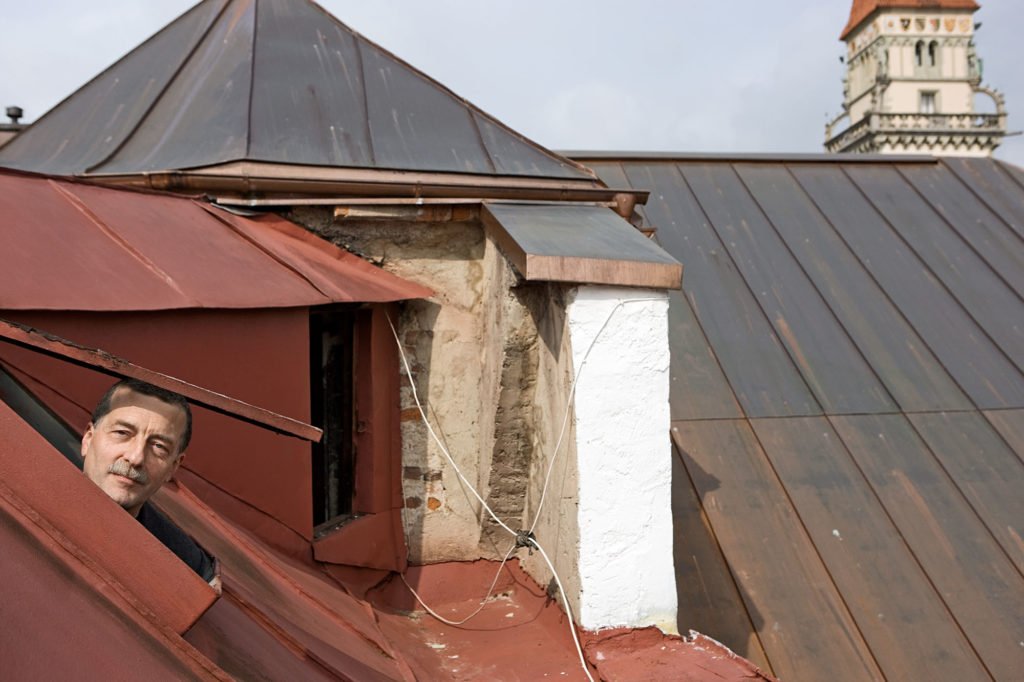
How did the German photo laws change and when?
It changed last year with the European data collecting law General Data Protection Regulation (GDPR). It means that for all kinds of collecting data (including photo material) now you need permission to save it. Before it was not a question that you took the pictures. It was just a thing if you wanted to publish it. But now there are huge uncertainties among photographers, because in a strict sense journalistic images won´t be possible any more. But there are courts fighting for our photographers’ rights and hopefully they will do their job well! But this development is not very encouraging.
So if you shoot someone swimming, you would have to get their permission before using the photo in a book or exhibition?
Yes, but it is equal if you take them on the streets or swimming. It is a general thing.
But there are many candid street photos still being made in Europe. Does that same law apply to all of them? Or is Germany somehow different?
As far as I know this is now all over Europe.
But the photos you made before the law passed are ok to use? They are grandfathered in?
This I don´t know, but I also wonder. I think that courts are now fighting, so that art and journalistic imagery are not part of the regulations.
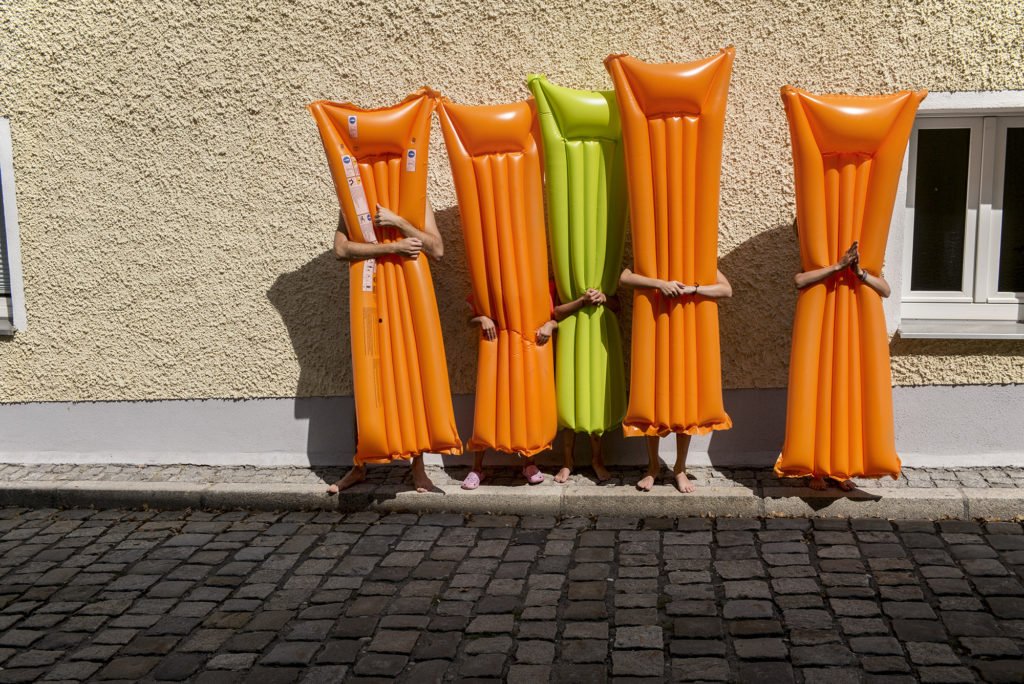
I don’t understand it either. I know that Siegfried Hansen does not often show faces in his photos. I assumed it was due to some national law. But maybe it is more just his style, and the same laws apply everywhere?
No, I think this is also influenced by our law to avoid showing faces. You are lucky in U.S.! But you have had judicial cases like Philip-Lorca diCorcia with the Jewish man, right?
Yes, for now we are in the clear. But I am not so sure that will last forever.
Fingers crossed for you. Have you discussed with Matt or others about this? In London there might also be this new law.
I have not asked him directly. But just from looking at his photos and those of others shooting in the UK, there don’t seem to be many restrictions. I see photos with lots of faces, people, and typical street scenes.
But back to the book. You are working on an expanded edition of Water Matters? Or is it a sequel? How would you describe the new book?
Yes, I’ve done three books on this now, one small one with the public baths, then Water Matters, and I also did a complete book on Sento, the Japanese bathhouse.
I didn’t realize that. The only one I’ve seen is Water Matters.
Now I haven’t yet an idea how the new book will look, but I really have a lot of images. So I am sure that it will be a more general book on bathing. But first I have to glimpse into my archive…..
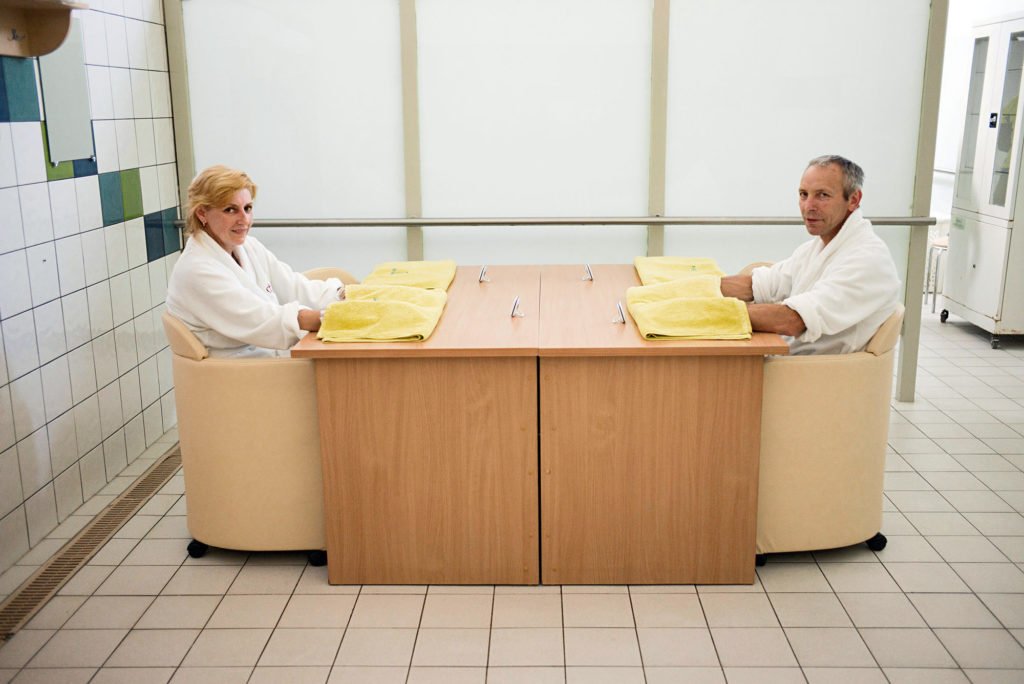
Maybe you should go to your hometown to photograph the 3 rivers area? Or have you done that?
I did it. This will definitely be part of the book.
What are your impressions of UP photographers so far?
They seem to be passionate. They are strolling around in the streets a lot. They are great photographers with sense for composition, colors, absurd situations! And the humor, I just love it. They all say, don´t take life so seriously. That´s what I really love. I first got in contact with in-Public. I was asked for an interview in 2017. And I was very impressed and honored to be presented. Since then I have always wished to open up my photographic life more internationally. And then came Matt’s mail, which made me really happy. And here we are.
I think you knew Matt before joining? From a festival or some place?
Yes, I met Matt at a Leica festival. And this was very fun. He is very nice.
He’s a very positive guy, one of the galvanizing people in the group. I think he’s met just about everyone, whereas I’ve only met roughly half the members in person.
I only know Siegfried and Matt in person, but I really would love to meet all soon in a gathering. Some of them I’ve known their images for a long time. I was phoning with Graciela recently — she seems to be a good person too.
I like Graciela. She is fiery! But I only know her online. As I said I have only met about half the group. Of those I’ve spent the most time with Matt, because he travels a lot and is often in the U.S. The others are harder to connect with. The closest one is 3,000 miles away.
On that point I am more lucky. Siegfried is just 300 km away. I still want to study the images of all the others in more detail, because FB and IG are a bit tricky. You don´t give the images the attention they should get. The view in these channels is a bit superficial. I really want to work out more the special viewpoint of one after another. I will try to get books of the others. This will help to go deeper in the imagery.
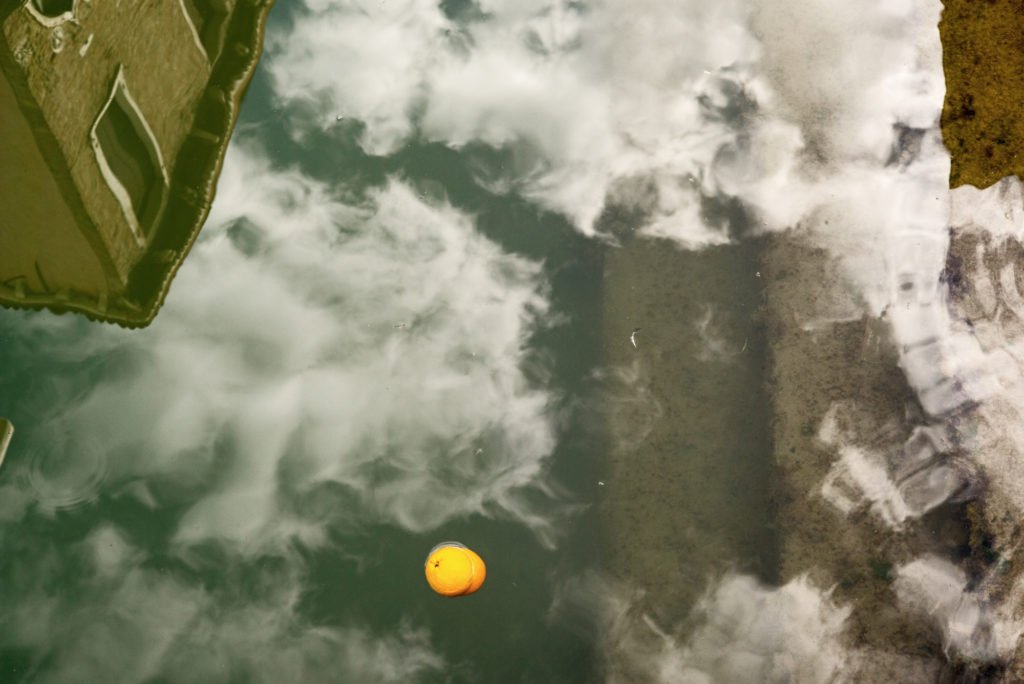
Have you seen Dirty Harrry’s latest book?
No, but we will do a mutual book-exchange. My books are already on their way to Crete!
It is quite good in my opinion.
Do you ever come to Berlin? You are always welcome.
Berlin is on my bucket list. I have never been there but I’ve heard so many good things about it. Maybe someday.
Yes, please come. I have to Google where Eugene is. No idea.
It is a small city in the middle of nowhere. Maybe a bit like Passau?
Hopefully with the same nice nature around.
Yes, one hour drive to snowy mountains or to the ocean the other way.
Do you ever teach?
I’ve taught a few workshops with Matt. But those were sporadic, and I haven’t done any lately. That role is hard for me because I am uncomfortable telling others how to do photography, or how to do anything for that matter. Do it this way, do it that way, I dunno, each person has to figure out what works best for them. My way is no better than any other. The other problem is that when I’m in a workshop environment I find I’d much rather be shooting photos on my own. Which is not so good for students. What about you? Do you teach?
Yes, I taught in art academy and I was on the short list for professorships here. I like teaching, but on the other hand I am always afraid that teaching will take all my energy and I won´t have any left for my work. I am bit too empathic sometimes with the students. So maybe just teaching part-time.
It’s a tough balance.
Indeed! I don´t want to miss all that the students give me back. Teaching really keeps you open-minded and helps you not get stuck in your own photographic vision, circling around your Ego.
